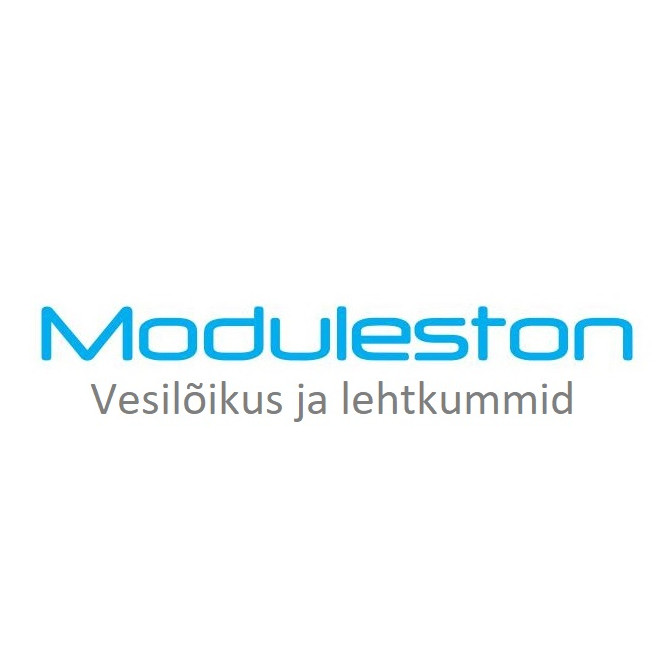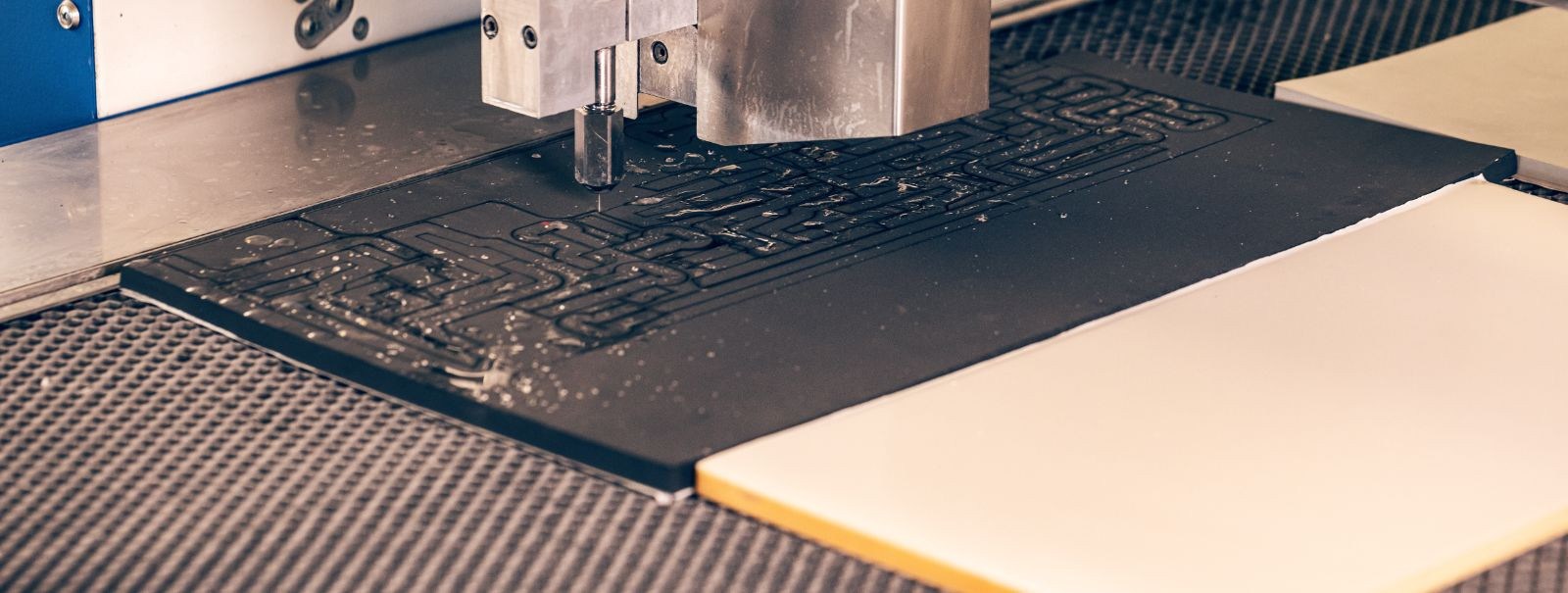5 ways waterjet cutting is transforming manufacturing
Waterjet cutting is a state-of-the-art manufacturing process that utilizes a high-pressure stream of water, often combined with an abrasive substance, to cut through a variety of materials. This technology harnesses the power of water accelerated to high velocities to perform precise and clean cuts.
Compared to traditional cutting methods like laser or plasma cutting, waterjet cutting offers several unique advantages. It produces no heat-affected zones, allows for the cutting of a wider range of materials, and ensures a cleaner cut with minimal waste.
1. Enhanced Precision and Flexibility
Waterjet cutting enables manufacturers to achieve intricate designs and complex geometries with tight tolerances that are often impossible with other cutting methods. The precision of waterjet technology allows for the creation of detailed and delicate parts without compromising quality.
Since waterjet cutting does not generate heat, materials remain free from thermal distortion and stress, preserving their original properties and integrity. This is particularly beneficial for sensitive materials that cannot withstand high temperatures.
2. Versatility in Material Compatibility
One of the most significant advantages of waterjet cutting is its ability to cut through virtually any material, including metals, plastics, glass, ceramics, and composites. This versatility opens up a world of possibilities for manufacturers across various industries.
Unlike other cutting processes that may alter the material structure, waterjet cutting maintains the material's inherent properties, preventing hardening or warping and ensuring the end product meets the required specifications.
3. Improved Safety and Environmentally Friendly Process
The waterjet cutting process is inherently safer than methods involving heat or flames, significantly reducing the risk of accidents and injuries in the workplace.
Waterjet cutting is an environmentally friendly option, producing minimal hazardous waste and often using recycled water. This aligns with the growing demand for sustainable manufacturing practices.
4. Cost-Effectiveness and Efficiency
With its ability to cut materials quickly and accurately, waterjet cutting reduces operational costs by minimizing the need for secondary finishing processes. The efficiency of the waterjet process translates into cost savings for manufacturers.
The precision of waterjet cutting results in minimal material wastage, allowing manufacturers to maximize the use of their raw materials and reduce overall production costs.
5. Integration with Modern Manufacturing Systems
Waterjet cutting machines are easily integrated with computer-aided design (CAD) and computer-aided manufacturing (CAM) systems, facilitating streamlined production workflows and rapid prototyping.
The speed and adaptability of waterjet cutting make it an ideal choice for rapid prototyping and just-in-time manufacturing, helping businesses to respond quickly to market demands and reduce inventory costs.






Comments (0)